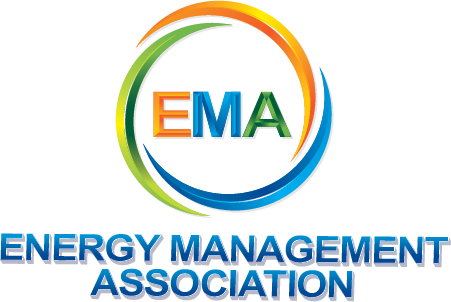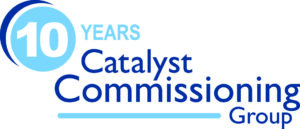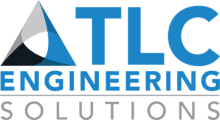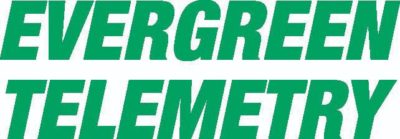
Join us Tuesday, April 29, 2025, from 7:30 a.m. – 12:30 p.m. for the CxEnergy Open Golf Tournament hosted by EMA. The golf course is Rocky River Golf Club at Concord.
Meet in the on McDowell St. right across from the Sheraton porte-cochere & flag poles at 7:00 a.m.
- Breakfast and two drink tickets will be provided
- $245 (individual);
- $65 rental club fee
- Shotgun start / Scramble format
- Pre-registration is required
Contact ACG Headquarters at [email protected]
Backward Shotgun start at 9:00 am.
Elevate your company's visibility by becoming a Sponsor
BEVERAGE CART / REFRESHMENT SPONSORSHIP: $1,500
SOLD
What’s Included:
- Entry for One (1) Single Player
- One (1) beverage cart sign displayed on roaming beverage cart
- Logo on drink tickets
GOLF TOOLS SPONSOR: $1,000
SOLD
What’s Included:
- Logo on Golf Balls
- Logo on Divot Tool
- Logo on Ball Markers
HOLE SPONSOR: $375
(4 Opportunities)
What’s Included:
- Signage at the Tee

Attendee Registration Opens in November
For questions, contact Anna Kosova at [email protected] or call EMA Headquarters at 202-737-1334.
CxEnergy 2025 Golf Tournament March 25th, 2025CxEnergy



 CxA certification is open to independent industry professionals who meet all education and experience prerequisites and implement commissioning processes in new and existing buildings.
CxA certification is open to independent industry professionals who meet all education and experience prerequisites and implement commissioning processes in new and existing buildings. The Energy Management Process Seminar is designed to help candidates understand the energy management process and how it can be applied and serves as the final preparation for the Energy Management Professional (EMP) exam.
The Energy Management Process Seminar is designed to help candidates understand the energy management process and how it can be applied and serves as the final preparation for the Energy Management Professional (EMP) exam.













